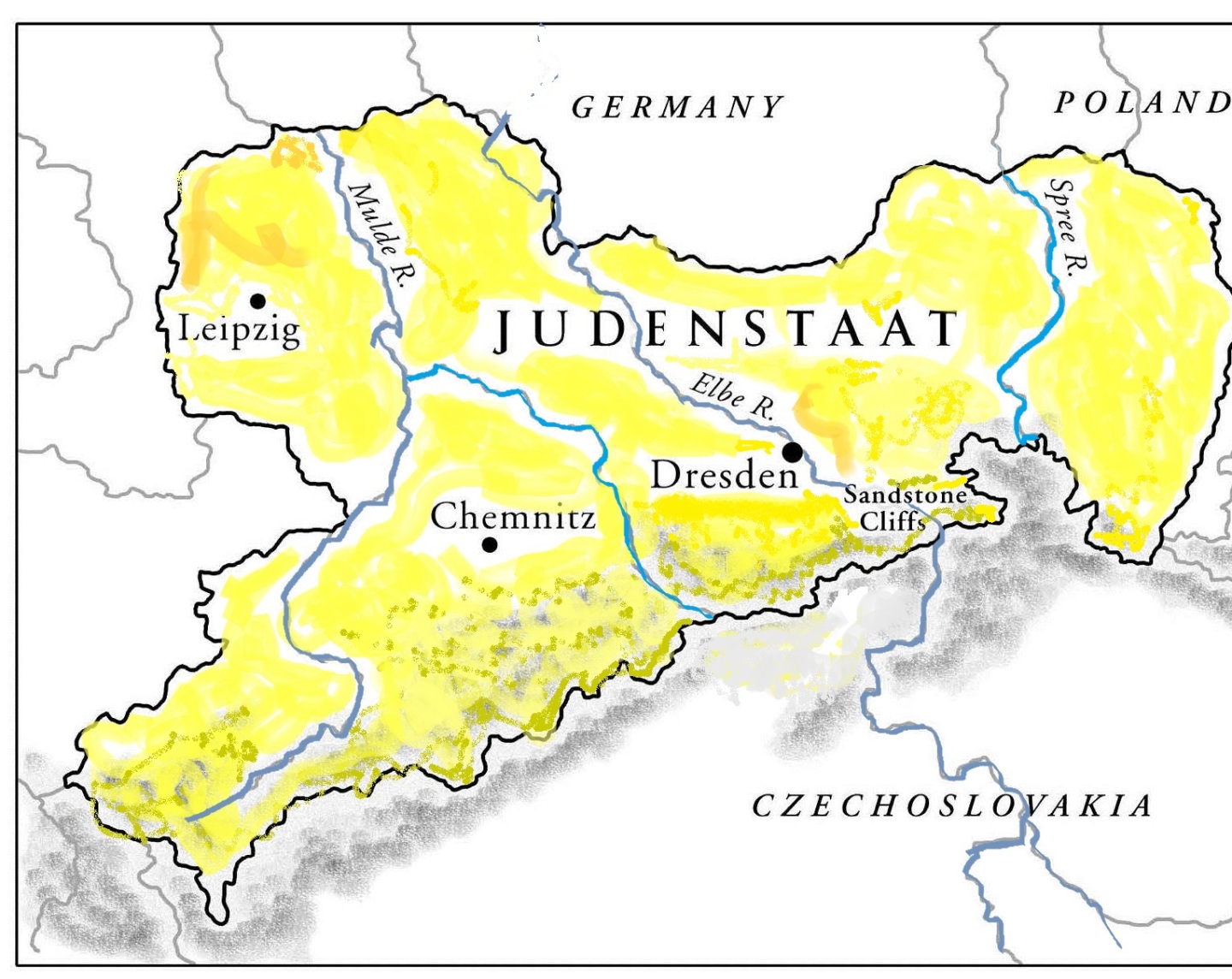Over the last few decades, the history of Judenstaat has become, shall we say, disputed territory. The time-line that follows, taken from materials approved by the National Archives in Dresden in 1987, might serve as a foundation for some readers.
1908-1938: Birth of Leopold Stein in Munich. Theoretical and practical basis of Jewish state in Germany established through Stein’s travels through his homeland and interaction with Jews throughout central and eastern Europe. Alliance with Socialist Labor Bund in Poland and Lithuania. Rise of fascism in Germany.
1945: Liberation of Germany and its conquered territories by
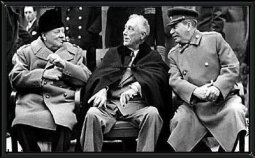
Allied forces. Stein meets in Yalta with Roosevelt, Churchill and Stalin and gains informal approval of plan to establish Jewish homeland on territory of Saxony bordering Germany, Poland and Czechoslovakia.
April 4th 1948: The nation of Judenstaat established.
1948-1950: Occupation of Judenstaat by Soviet liberators, and loans for rebuilding of capital in Dresden and other major urban centers financed by the U.S.
1949: Population transfer of Saxon-German fascist sympathizers across the Brandenburg Border to Germany. In-gathering of Jews from displaced persons camps in Germany, and neighboring central and eastern European countries, most notably Chasidim and other strictly religious Jews. Small Saxon minority remains.
1950: Against opposition from Yiddishists, German declared national language of Judenstaat.
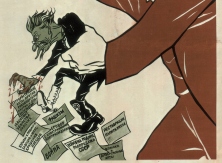
1951: Stein’s advisor, Stephan Weiss unmasked as U.S. agent and flees the country. American businesses barred from Judenstaat. Campaign against Cosmopolitanism begins coordinated by the Ministry of State Security.
1952: New Parliament completed on site of the old Cathedral in Dresden. Bundists voted into power by an overwhelming majority.
1953: Stein suffers stroke on the flight back from Joseph Stalin’s funeral. Successors cultivate closer ties with the Soviet Union. Factories and businesses expropriated. Further emigration of Saxon population into Germany.
1953-1956: Saxon fascists based in villages and hillsides attack civilians throughout
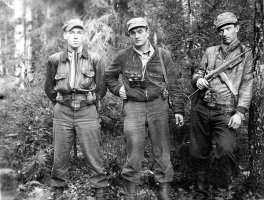
Judenstaat, staging night-raids in major cities. Area along Czechoslovak border, formerly known as Saxon Switzerland, a base for terror attacks on Dresden.
1956: Fascist cells are broken through a network of informers coordinated through the State Security Police. Leaders are deported or imprisoned. In response to reports that weapons are funneled from Germany, the Brandenburg border is sealed and the Protective Rampart is constructed.
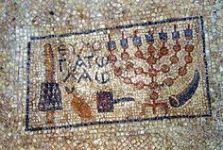 1957-1967: Period of relative stability. Growth of Bundist Youth Movement, Bundist culture, discovery of important archeological evidence of Jewish settlement in Saxony.
1957-1967: Period of relative stability. Growth of Bundist Youth Movement, Bundist culture, discovery of important archeological evidence of Jewish settlement in Saxony.
1968: Judenstaat Defense Force joins Soviet army to defeat fascist uprising in neighboring Czechoslovakia. Reactionary and cosmopolitan elements in Judenstaat initiate misinformation campaign that leads to domestic upheaval. Universities closed; coal miners strike; general curfew. Ringleaders apprehended and order restored.
1968-1980 New policy of liberalization opens trade with the west.
1983: Helena Sokolov of the Neustadt Party elected Prime Minister. Judenstaat gains status  as a base for banking and trade.
as a base for banking and trade.
1987: Country prepares for 40th Anniversary celebration.
